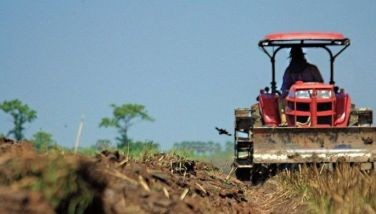DA R-2 updates soil fertility map
ECHAGUE, Isabela, Philippines – About 83,000 farmers in 24 towns in this premier agricultural province stand to benefit from the soil fertility maps updated recently by the Department of Agriculture (DA)-Region 2.
Particularly to benefit are rice farmers in towns being serviced by the Magat River Integration System (MARIIS) and National Irrigation System (NIS).
With such maps, the farmers in the specified Isabela areas can now check soil fertility in their rice fields without resorting to expensive soil analysis.
The maps are available at the offices of the DA-National Irrigation Administration (NIA), local government units (LGUs), and irrigators’ association.
The fertility maps were the products of two separate soil fertility assessments, the first of which was done by MARIIS in 2003-2005 and the NIS in 2005-2006.
The late Agriculture Undersecretary Dr. Gumersindo M. Lasam and other researchersof DA-Regional Field Unit 2 (RFU 2) conducted the second round of assessment to update the soil fertility maps in the total area covered by the two irrigation systems.
Covering almost 114,000 hectares, the assessment involved determination of sampling points, soil sampling, laboratory analysis, and data consolidation.
Analysis of the 4,430 soil samples taken showed that the areas covered were deficient in nitrogen with organic matter ranging from 0.1 to 3.6 percent. The recommended nitrogen fertilizer is 60-120 kilograms for hybrid rice and 40-80 kg for inbred (ordinary) rice varieties based on the Table of Fertilizer Recommendation formulated by the DA-Bureau of Soils and Water Management (BSWM).
Soil analysis also showed that more than 98 percent of the area covered by the assessment was deficient in phosphorus and about 95 percent deficient in potassium, with the deficiency increasing by more than nine and 19 percent, respectively, based on the first assessment.
Moreover, assessment indicated that more than 69 percent of the total area was zinc-deficient. This deficiency, however, was lower than the first assessment by more than eight percent, thus showing that the prior distribution of zinc sulfate to the farmers in zinc-deficient areas yielded positive results.
The DA-RFU 2 researchers proposed the assessment for other elements (macronutrients and micronutrients) be included in the study.
- Latest




























